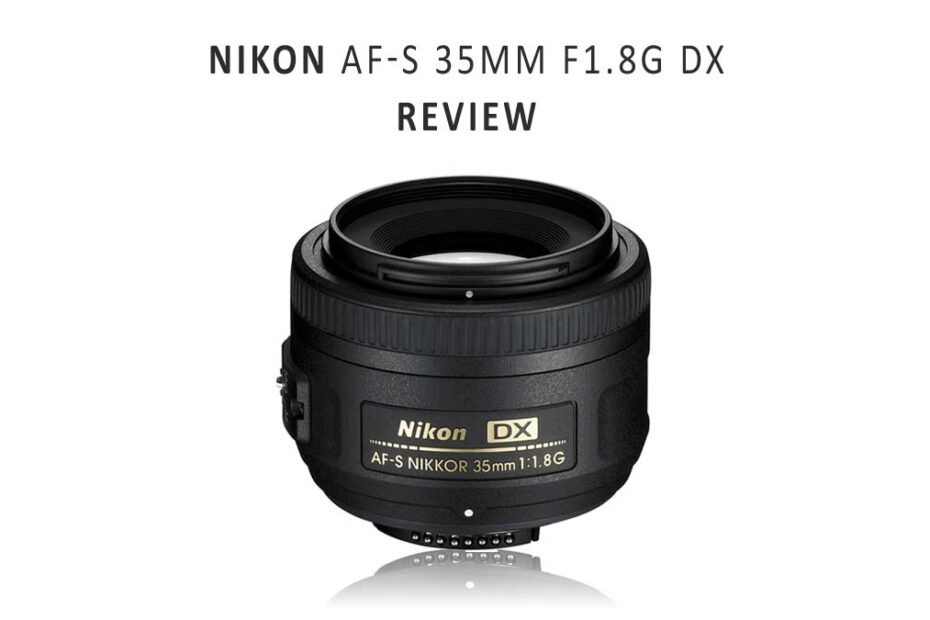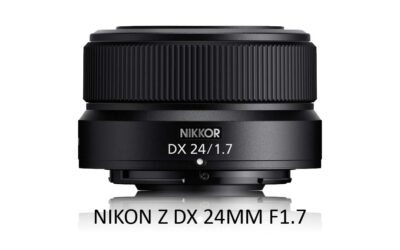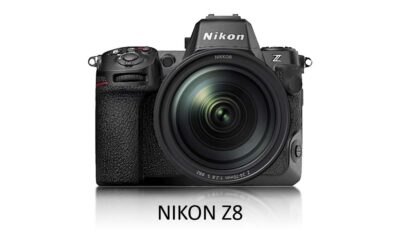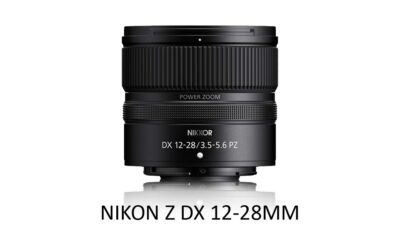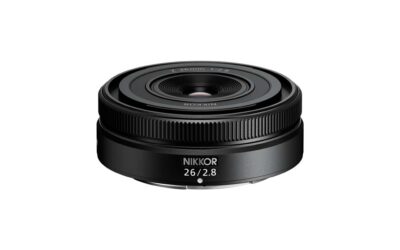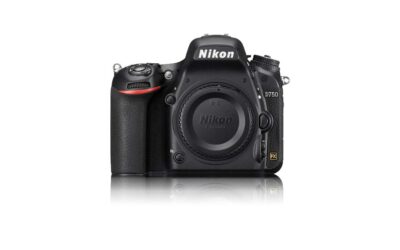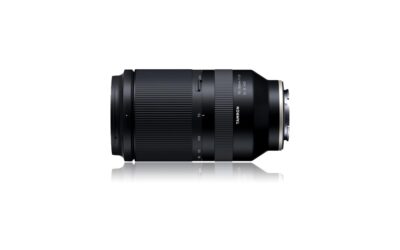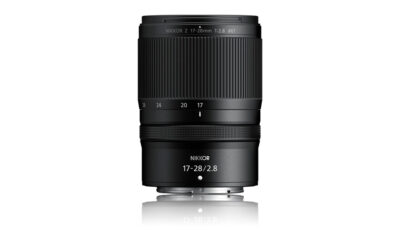The Nikon 35mm F1.8 DX, also known as the Nikon Nikkor AF-S DX 35mm F1.8G is affordable, razor-sharp, and produces glorious images. As a result, the Nikon AF-S 35mm F1.8 DX is the perfect lens for getting the very best out of your Nikon DX DSLR. Jump to Conclusion
Shop Nikon AF-S DX 35MM F1.8



Table of Contents
- What is the Nikon 35mm 1.8 DX?
- Nikon 35mm F1.8 DX Specifications
- Nikon AF-S 35mm F1.8 DX Image Quality
- Nikon AF-S 35mm F1.8 DX Compared
- Conclusion
What is the Nikon 35mm 1.8 DX?
The Nikon AF-S 35mm F1.8 DX is a prime lens for Nikon DX DSLRs such as the Nikon D3500, D5600, and D7100.
Focal Length
The Nikon AF-S 35mm F1.8 DX’s 35mm focal length presents your DSLR’s DX sensor with a wide-ish 44-degree angle-of-view. As a result, the Nikon 35mm DX is an ideal choice for everyday photography and portraiture. Read What is Focal Length.

Aperture
The Nikon AF-S 35mm F1.8 large, bright, F1.8 aperture captures up to 8 times more light than the average kit lens. For this reason, the Nikon 35mm DX is a good lens for taking photos in low light. Read: What is Aperture.
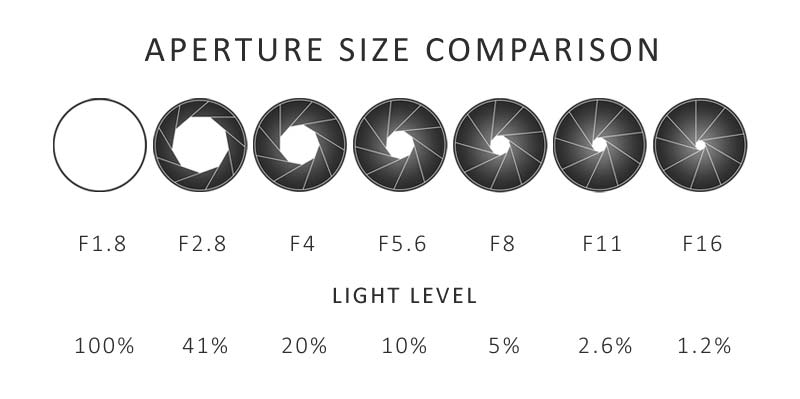
Furthermore, the Nikon AF-S 35mm DX’s large F1.8 aperture means reduced depth-of-field and, thus, the potential to blur your subject’s background. This is a seriously cool effect and looks great on portraits. Read What is Depth-of-field

Features
As an affordable lens, the Nikon AF-S 35mm F1.8 lacks features such as premium optical coatings and image stabilization. However, it has a nifty manual focus override, enabling you to adjust your camera’s autofocus. Alternatively, you can set the Nikon 35mm DX to full-time manual focus using its side-mounted switch.
Finally, the Nikon AF-S 50mm F1.8 DX features its in-built autofocus motor, which means it will autofocus on cameras such as the Nikon D3500 and D5600.
Body and Build
At 200 grams, the Nikon Nikkor 35mm 1.8 DX will not weigh you down. And thanks to its compact dimension, the Nikon 35mm can be squeezed into a jacket pocket.
Overall, the Nikon 35mm DX’s build quality is good. Unlike other cheap Nikon lenses, the Nikon 35mm features a metal mounting ring improving durability. However, unlike Nikon’s vastly more expensive ‘premium’ lenses, the 35mm DX is not rated for all-weather use.
Nikon 35mm F1.8 DX Specifications
- Focal Length: 35mm
- Angle-of-View: 44 degrees
- Aperture: F1.8 to F22
- Aperture Blades: 7 Rounded Blades
- Mount: Nikon F DX
- Autofocus: In-built with Manual Override
- Minimum Focus Distance: 30cm
- Maximum Magnification: .016x
- Screw-on filter size: 52mm
- Size: 70 x 53mm
- Weight: 200 Grams
Nikon AF-S 35mm F1.8 DX Image Quality
In practical terms, the Nikon 35mm DX’s image quality is excellent. Not only is it sharp at all apertures, but it also produces nice contrast and warm colors. As a prime lens, the Nikon 35mm F1.8 DX will outperform many premium zoom lenses and will blow your old kit zoom out of the water.

Technically speaking, the Nikon AF-S 35mm F1.8 DX is very sharp at the center of the frame. As with many lenses, image quality softens towards the corners. However, stopping down to a smaller aperture will improve sharpness across the frame.

My only complaint is the Bokeh or quality of the background blur. While it’s not bad, it’s a little busy for my taste. Regardless, you will need to spend much more money to do better.
Nikon AF-S 35mm F1.8 DX Autofocus
Although the Nikon 35mm DX’s autofocus is good enough for everyday photography, it sometimes struggles to keep up with fast subjects. Specifically, the Nikon takes a fraction under a second to shift focus from minimum distance to infinity.

While the Nikon 35mm DX may be a little slow, it is accurate. Expect sharp, in-focus images even at its largest, brightest, and blurriest F1.8 aperture.

Nikon AF-S 35mm F1.8 DX Compared
Nikon 35mm F1.8 vs Nikon AF-D 35mm F2
I do not recommend the old F2 as it produces poor-looking images at its maximum F2 aperture. Furthermore, its lack of an in-built motor means it will only focus manually on many Nikon DX SLRs. In terms of cost and quality, there’s little reason to choose the more expensive F2 over the cheaper, sharper, brighter, and auto-focusing Nikon 35mm F1.8 DX.
Nikon 35mm F1.8 vs Nikon AF-S 50mm F1.8G
The Nikon AF-S 50mm F1.8 is a no-brainer on a full-frame camera. Yet, for DX users, it’s 75mm equivalent focal length is much too narrow for general photography. However, the Nikon AF-S 50mm F1.8 G on a DX camera is a good choice for portraits.
Nikon 35mm F1.8 vs Nikon AF-S 35mm F1.8G (FX)
Whereas the Nikon 35mm F 1.8 DX is designed to work exclusively on Nikon’s DX DSLRs, the Nikon AF-S 35mm F1.8G will work on your DX and the full-frame (FX) Nikon DSLR you may buy in the future.
Unfortunately, the full-frame 35mm costs three times as much as its DX equivalent and performs worse than the cheaper lens when mounted to your DX DSLR. Are Full-frame cameras better?
Get Discounts on Photo Editing Software
Subscribe to my weekly newsletter and be notified of deals and discounts on photography software from ON1, Adobe, Luminar, and more. Spam Promise: Just one email a week, and there’s an unsubscribe link on every email.
Conclusion
Having owned the Nikon AF-S 35mm F1.8 DX for years, I can recommend it without hesitation. It’s compact, well-built, and performs as an everyday lens while delivering excellent image quality.
Its large F1.8 aperture is bright enough to keep you shooting as light falls, and its ability to blur your subject’s background will transform your photography.
It’s very difficult to be critical about a lens that offers so much for so little money. Therefore, if you think this lens might be for you, it almost certainly is. Return to Introduction
Shop Nikon AF-S DX 35MM F1.8



